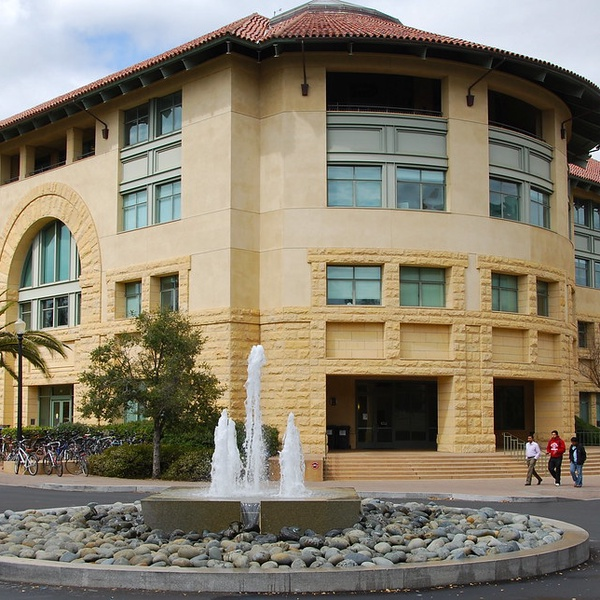This month, the Stanford Institute for Human-Centered Artificial Intelligence (HAI) will be adding the newly created Digital Economy Lab. The lab will be led by former MIT professor Erik Brynjolfsson, who will serve as the lab’s Principal Investigator, and Christie Ko, the former associate director of the MIT Initiative on the Digital Economy.
The focal point of the lab’s research will be the impact of newly developed technologies on society, economy and business. Using computer science and AI tools, Brynjolfsson and his team hope to provide actionable insights by analyzing both the advantages and the drawbacks of such technologies.
According to Ko, Brynjolfsson’s position as a “thought leader” on the issues of digital technologies played a major role in his selection to lead the lab. According to Stanford HAI’s “Human Impact Research Mission,” the institution aims to “understand how AI interacts with humans as well as with vital social structures and institutions,” a goal that aligns with Brynjolfsson’s background researching the economic impact of these technologies.
One of the lab’s major research topics will be the impact of robotics and automation on jobs for individuals, as well as on the overall economy. Additionally, the research hub will examine the economic effects of free digital goods, such as music-streaming services and cloud storage systems.
Ko, who will serve as the lab’s executive director, said, “A big piece of our work [is] where we can actually provide measurements of how much an economy is benefiting from oftentimes free technologies.”
To this end, one of Brynjolfsson’s core projects is the development of a new economic metric, GDP-Benefits, to understand the impact of these free technological services.
With the COVID-19 pandemic forcing many people into remote work, the lab will also be analyzing the economic impact of technologies which enable remote work, such as computer vision and text recognition tools. One of the lab’s postdoctoral fellows, Dr. Sarah Bana, recently published research ranking the economic adaptation of various countries to remote work; the lab will continue to produce research in this area going forward.
One of the reasons Brynjolfsson moved to Stanford was his prior collaboration with Stanford researchers; his relationships with HAI members helped to facilitate the transition. Additionally, Brynjolfsson’s former lab frequently worked with Silicon Valley leaders, some of whom also served on his MIT lab’s board. Ko said a sense of “mutual respect” and an “interest in collaboration” were also key in the development of the new research hub.
Ko described plans for potential joint efforts with MIT, in addition to planned collaborations with other Stanford labs.
“Our view is really that this does not … [fit] neatly within one specific bubble,” she said.
Ko added that the lab is open to working with academics, industry members and media members across many institutions at Stanford, including the Stanford Institute for Economic Policy Research (SIEPR).
“We are anticipating there being a large collection of digital fellows … who want to engage with the Digital Economy Lab at Stanford in various ways,” Ko said. “We think that the digital economy has tendrils everywhere … and we can see really interesting analytical projects across many disciplines.”
This article has been updated to clarify that a quotation of one of Stanford HAI’s aims was sourced from the institution’s website.
Contact Viraj Mehta at viraj28m ‘at’ gmail.com.
